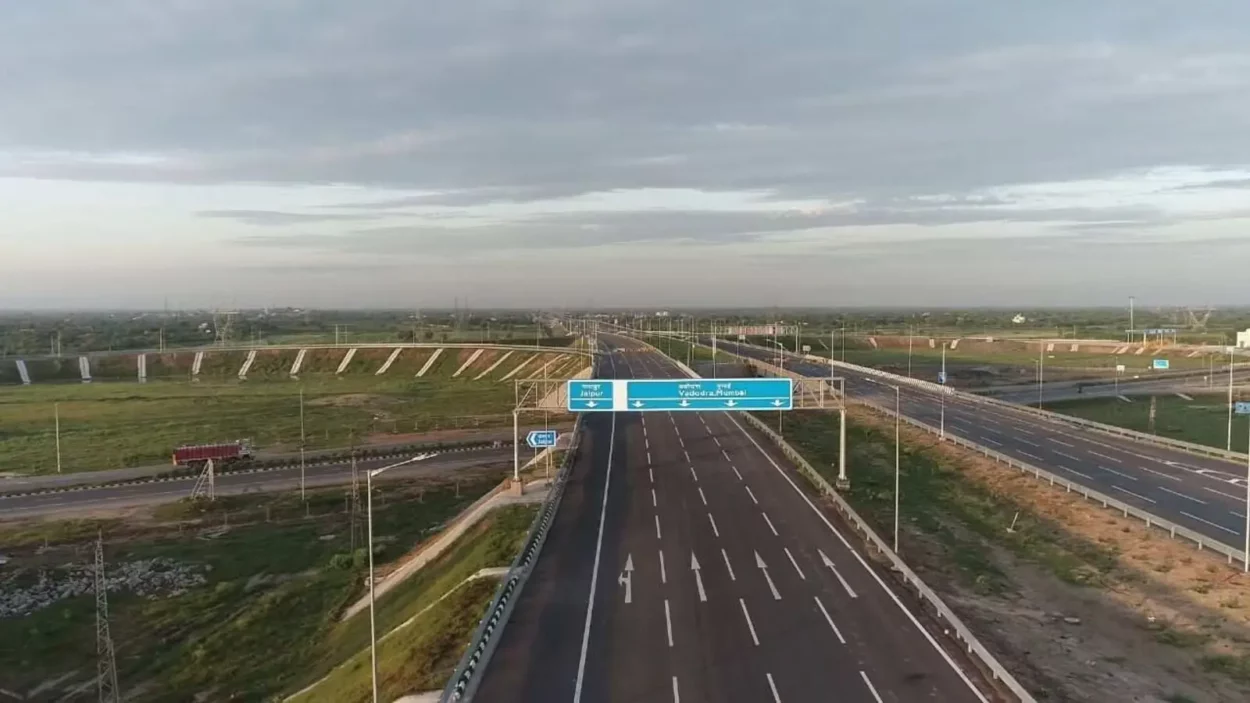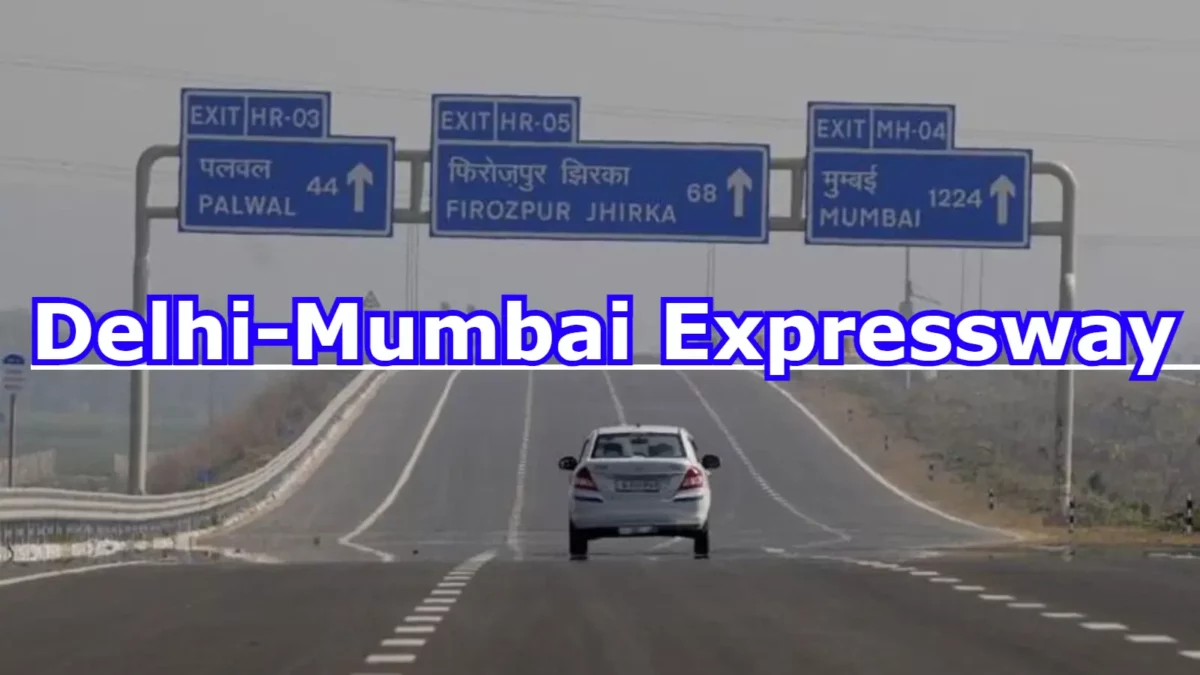The Delhi-Mumbai Expressway, now touted as the country’s longest, has commenced operations up to Dausa. Drivers are increasingly drawn to the smooth drive this expressway offers. One of its remarkable features is that it allows vehicles to travel at a maximum speed of 120 km/h. However, it’s important to note that the expressway prohibits entry to slower moving vehicles like motorcycles and scooters. Those flouting the rules by venturing onto the expressway with bikes could face stiff penalties.
But the expressway isn’t all about speed. There have been reported incidents of accidents due to overspeeding, leading to unfortunate fatalities and severe injuries. Some vehicles, caught in high-speed scenarios, have even overturned. To curb this reckless driving, there’s an impending plan to introduce an e-challan system on the expressway. This system will automatically issue fines to vehicles violating the speed limits.
Interestingly, on the Delhi-Mumbai Expressway, one cannot arbitrarily halt their vehicle. Any unplanned stops could result in a fine. There are designated rest areas at specific intervals where vehicles can safely pull over. Halting anywhere else on the expressway, unless in the case of a technical glitch, is strictly prohibited.

To ensure maximum safety and prevent accidents, the expressway boasts of several thoughtful features. From Delhi to Vadodara, the entire stretch is devoid of speed breakers. The road is elevated to a considerable height and barriers have been erected on either side to prevent stray animals from wandering onto the highway. Thanks to German engineering, even at speeds of 120 km/h, drivers won’t feel any jolts or discomfort. The design ensures that slow-moving vehicles like auto-rickshaws, tractors, horse and bullock carts cannot operate here.
Upon its completion, the Delhi-Mumbai Expressway is set to revolutionize road travel between the two major cities. What currently takes 24 hours to traverse will be reduced to a mere 12 hours. This infrastructure marvel is not just expected to benefit Delhi and Mumbai, but also promises to enhance connectivity and reduce travel time to several other Indian cities.
